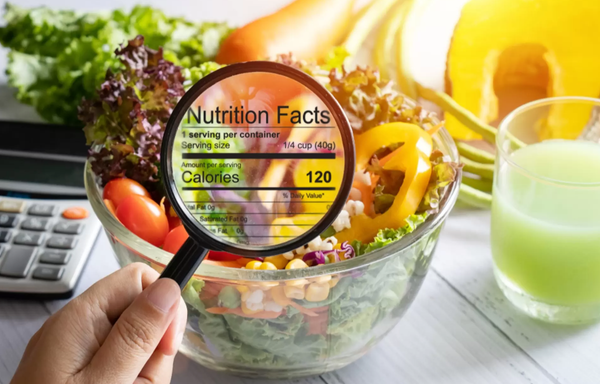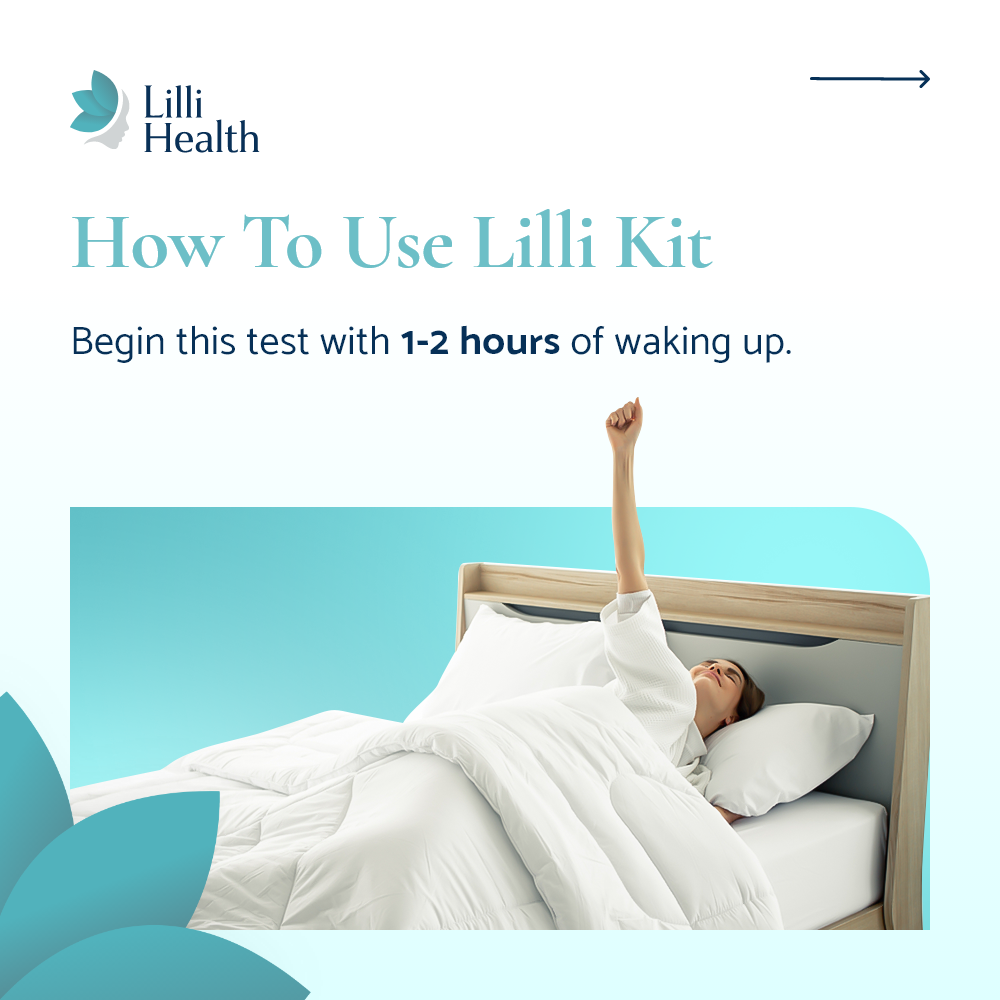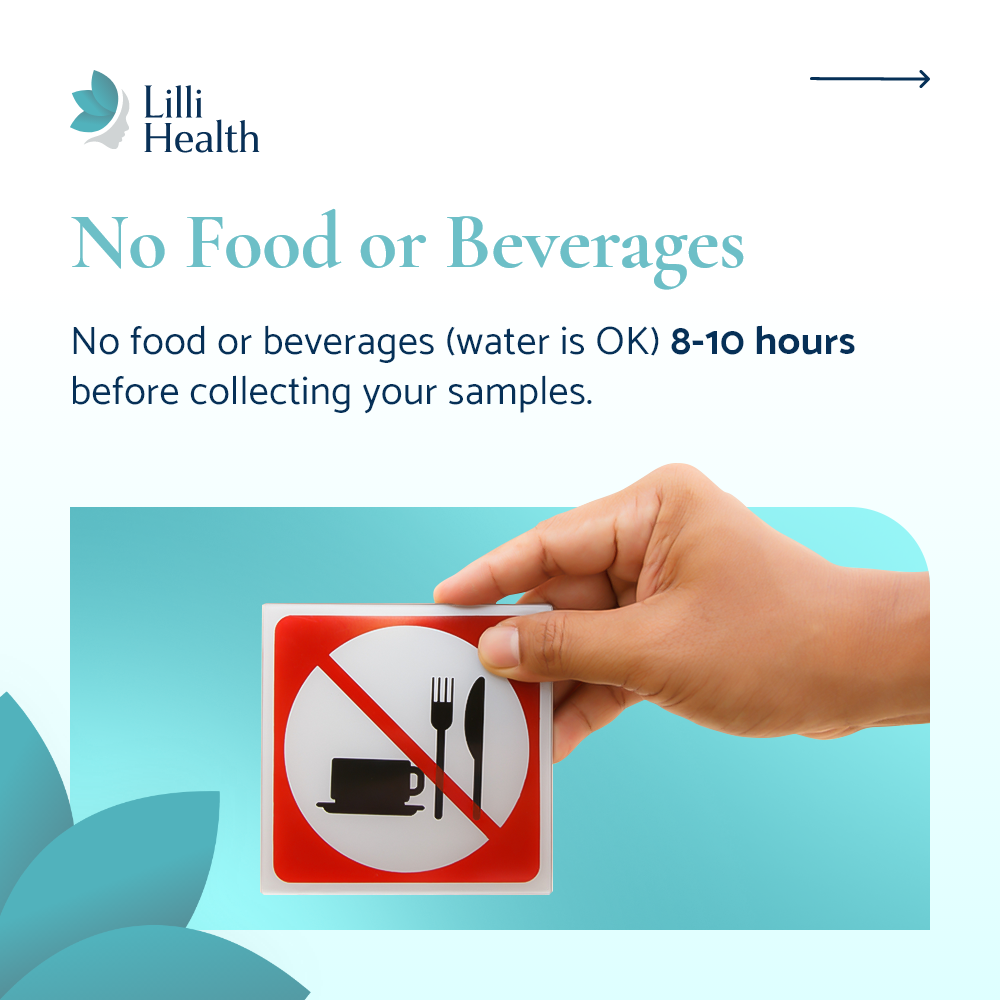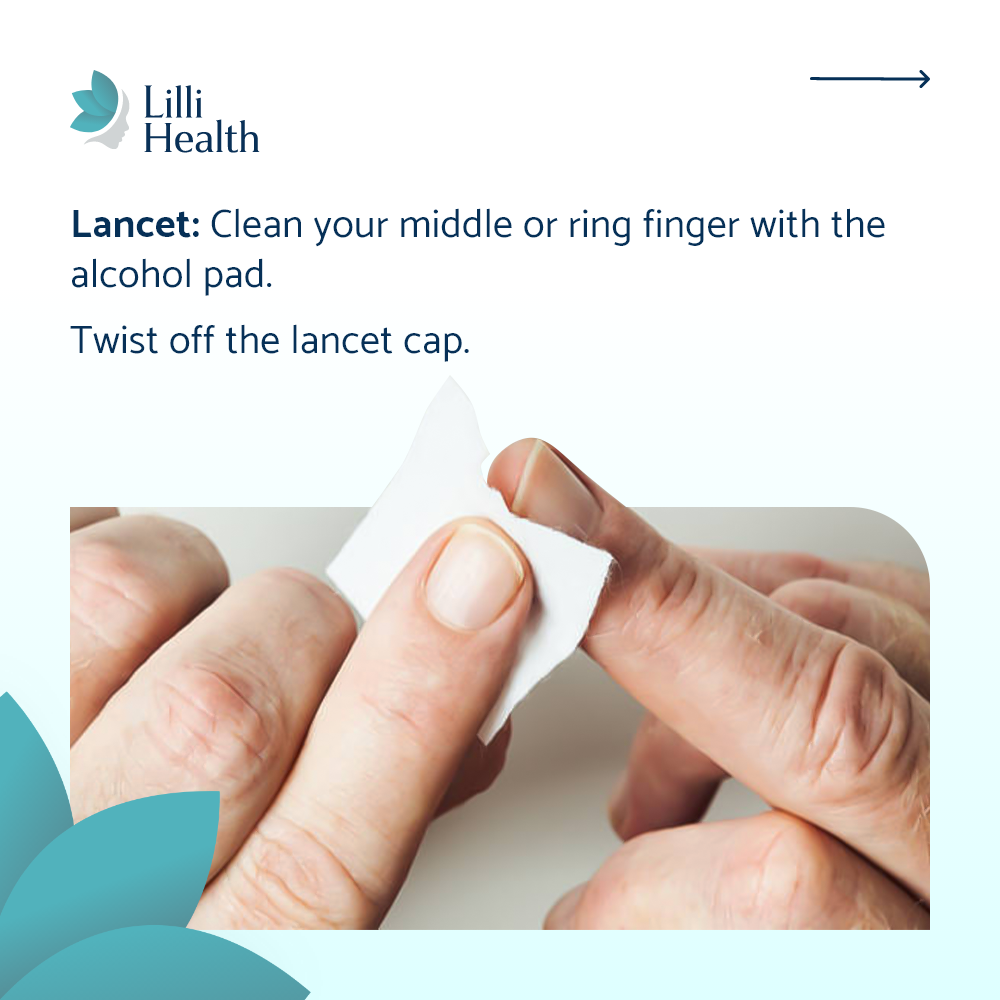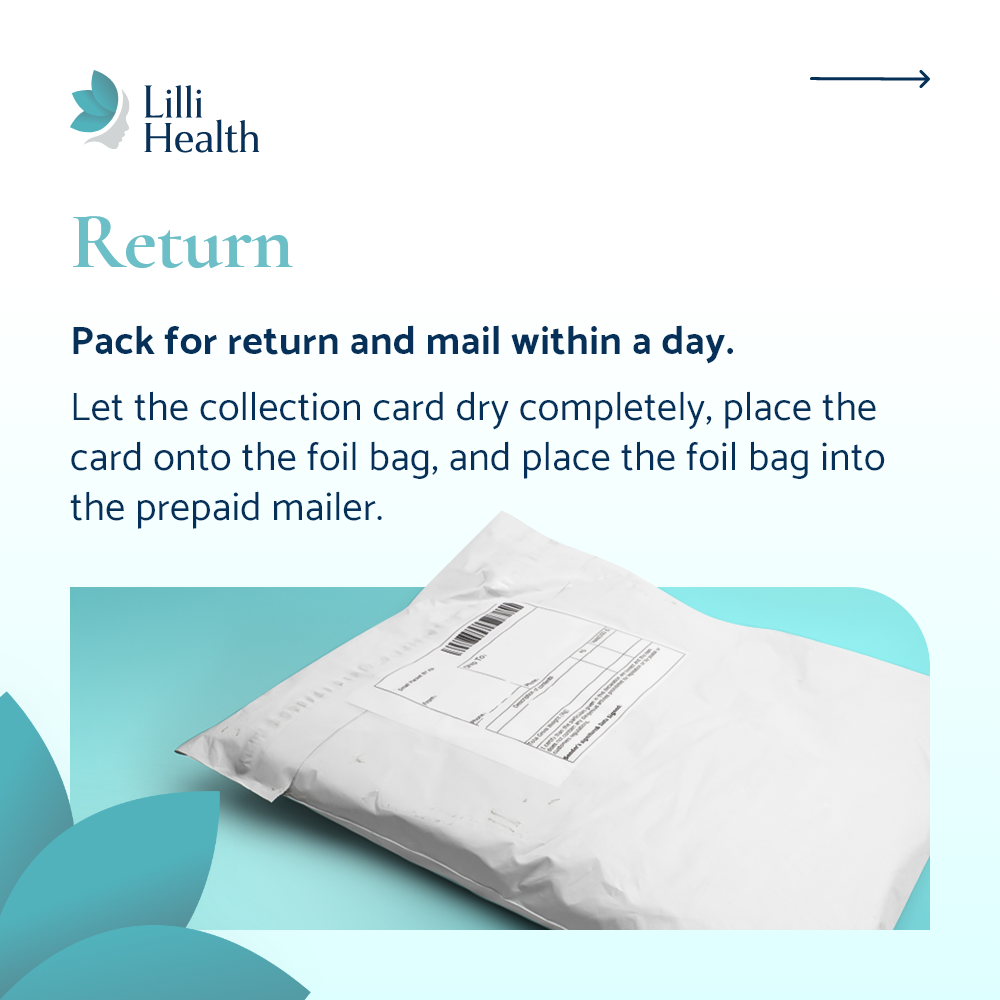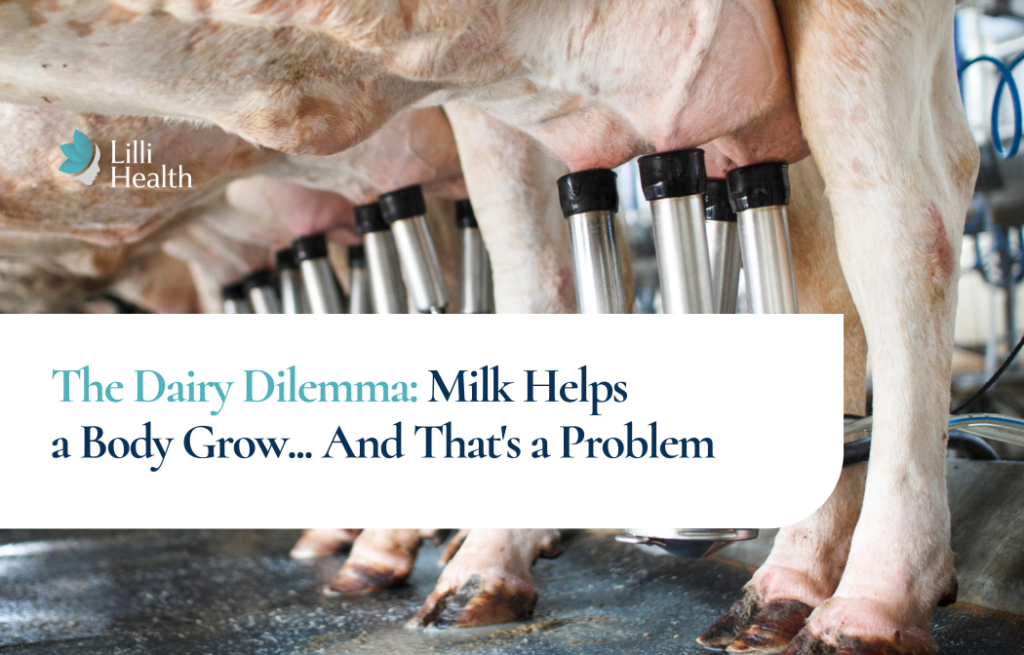

The Dairy Dilemma: Milk Helps a Body Grow and Why That’s a Problem
Dairy is everywhere. From childhood, we’re told to drink milk for strong bones, and it’s a key part of school lunches and dietary guidelines. But have you ever stopped to ask why? Was dairy always a crucial part of the human diet, or is there a bigger story behind how it became a daily staple?
The truth is, dairy has never been a necessary food for human survival. While some cultures historically consumed dairy in small amounts, it was far from a global necessity. In fact, most of the world is lactose intolerant. So why do we see dairy as essential today? The answer has more to do with politics, economics, and government subsidies than nutrition.
How Dairy Was Consumed Historically
Before refrigeration, dairy consumption was limited. Fresh milk spoiled quickly, so most dairy was consumed in fermented forms like cheese, yogurt, or butter. In colder regions, people drank milk more often because they could store it longer, but in warmer climates, it was rare.
Historically, dairy was a supplemental food—not the main source of nutrition. No one was drinking giant glasses of milk with every meal. Fast forward to modern times, and the dairy industry has completely reshaped how we view milk, convincing us it’s a daily essential when, in reality, humans never needed it to thrive.
World War II: The Birth of Dairy Subsidies
Dairy didn’t become a major part of American diets for nutritional reasons—it was an economic solution to a wartime problem. During World War II, the Steagall Amendment of 1941 was passed to ensure the country had enough food for both civilians and soldiers. This amendment guaranteed price support for commodities like milk, encouraging farmers to ramp up dairy production to supply troops with extra calories.
But when the war ended, dairy production didn’t slow down. Farmers were still producing enormous amounts of milk, cheese, and butter—but now, there weren’t millions of soldiers needing the extra calories. The government had a massive surplus of dairy, and instead of cutting production, they needed to find a way to get rid of it.
The Agricultural Act of 1949: The Dairy Industry Safety Net
To prevent dairy prices from crashing, the Agricultural Act of 1949 required the U.S. government to buy excess dairy products to stabilize the market. This meant billions of pounds of milk, cheese, and butter were purchased with taxpayer dollars—products that had to be stored or redistributed somewhere.
This led to two major programs:
- The Special Milk Program (1954) – The Special Milk Program was designed as a form of agricultural subsidy to dairy farmers by means of raising milk consumption among school children.
- The Emergency Food Assistance Program (TEFAP) (1981) – Excess dairy was distributed to low-income communities and food banks and referred to as “Government Cheese.”
At the same time, the government actively promoted milk consumption to ensure there was always a steady demand for dairy. This wasn’t about health—it was about economics.
Government Cheese: The Solution to a Dairy Surplus
By the 1980s, the dairy surplus was so massive that the government was storing over 500 million pounds of cheese in underground caves in states like Missouri and Wisconsin. Since they couldn’t just throw it away, they distributed it to schools, food banks, and low-income families as “Government Cheese“—a processed cheese product made from powdered milk, soybean oil, and artificial flavoring. It wasn’t real cheese, but it was cheap and easy to store. Today we know it as American Cheese.
Throughout the 1980s and 1990s, the government distributed millions of pounds of this cheese to to clear out the surplus. Today, there are still millions, if not billions, of pounds of government cheese stored underground in facilities in states like Wisconsin and Minnesota.
Dairy in the Food Pyramid: A Business Decision, Not a Health One
The government’s solution to the dairy surplus didn’t stop with Government Cheese. The 1992 USDA Food Pyramid—which told Americans to drink three servings of milk per day—wasn’t based on health research, but on economic necessity.
Dairy was heavily promoted in public schools, with milk being a required part of school lunch programs. The WIC (Women, Infants, and Children) program also strongly encouraged milk consumption, not necessarily for health benefits, but to help farmers sell excess dairy.
Even today, WIC recipients receive milk vouchers, reinforcing the idea that dairy is essential. But the truth is, the push for dairy has always been an economic decision, not a nutritional one.
The Dairy Industry Today: From Surplus to Whey Protein and Additives
Despite all these efforts, dairy surpluses still exist. Over time, the industry adapted by turning surplus dairy into whey protein, food additives, and processed ingredients.
Whey, once considered a waste product, is now marketed as a protein supplement. Many processed foods contain milk derivatives to use up excess dairy production. The dairy industry has found ways to ensure that milk remains a part of nearly every food category.
Dairy Isn’t Inherently Bad, But It’s Not Necessary
Dairy itself isn’t evil. It can be a part of a balanced diet for those who tolerate it. However, the reality is that dairy is designed for newborns.
Milk contains potent growth hormones like insulin and insulin-like growth factor 1 (IGF-1) that help newborns grow rapidly. That’s its biological purpose—to promote fast growth in infants. When adults consume dairy in large amounts, they are exposing themselves to hormones that drive growth, which can lead to unwanted health effects like:
- Increased IGF-1 levels, which have been linked to cancer
- Higher insulin levels, promoting weight gain and metabolic issues
- Increased inflammation as a result of elevated insulin levels
For people with insulin resistance, PCOS, or other metabolic conditions, dairy is problematic—especially in unfermented forms like milk, cottage cheese, and whey protein.
The Bottom Line: Dairy Was a Business Decision, Not a Nutritional One
If you love dairy and tolerate it well, you don’t have to eliminate it. But it’s important to understand that the heavy push for dairy wasn’t because of its health benefits—it was because of economic and political policies that shaped the American food system.
Milk, cheese, and other dairy products were promoted to solve a wartime surplus problem, not because our bodies require them. And even today, government policies continue to encourage dairy consumption to keep the industry afloat.
You don’t need milk for strong bones, and you certainly don’t need three servings of dairy a day. The idea that dairy is essential was driven by economics, not health. One thing is for sure—milk helps a body grow, and that includes more than just your bones.








